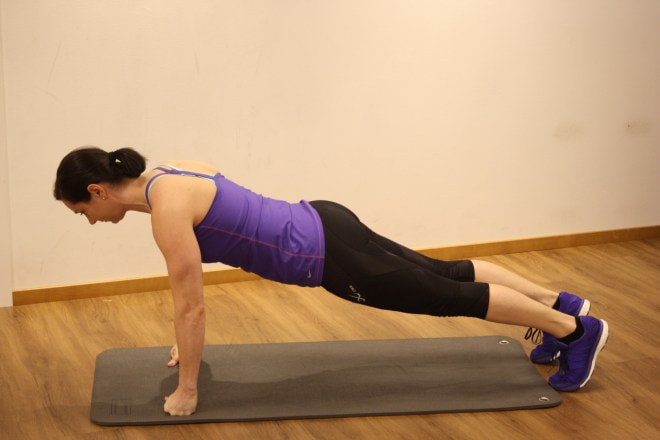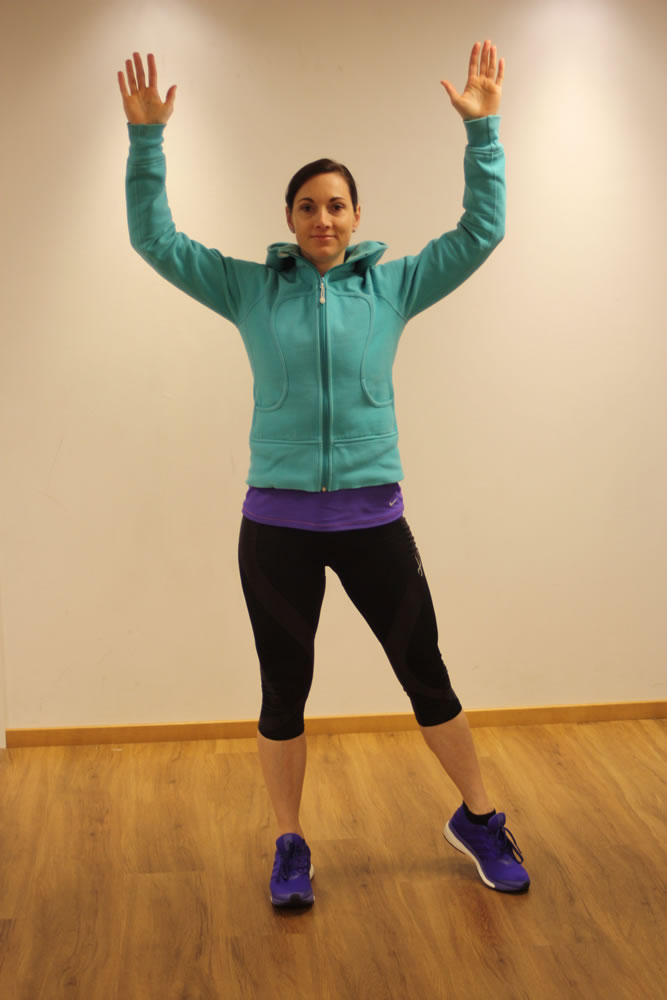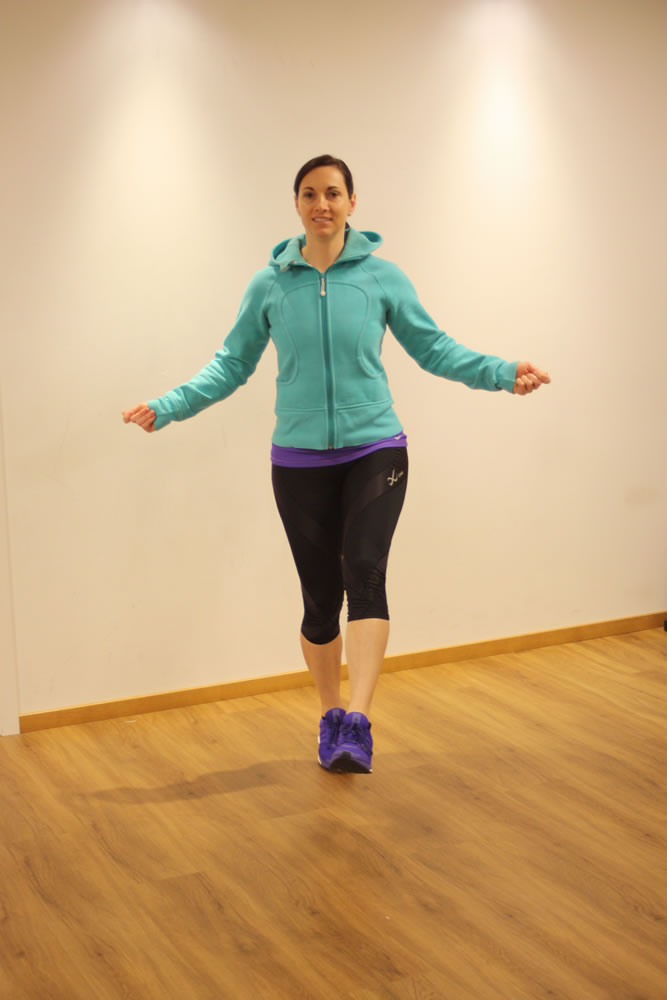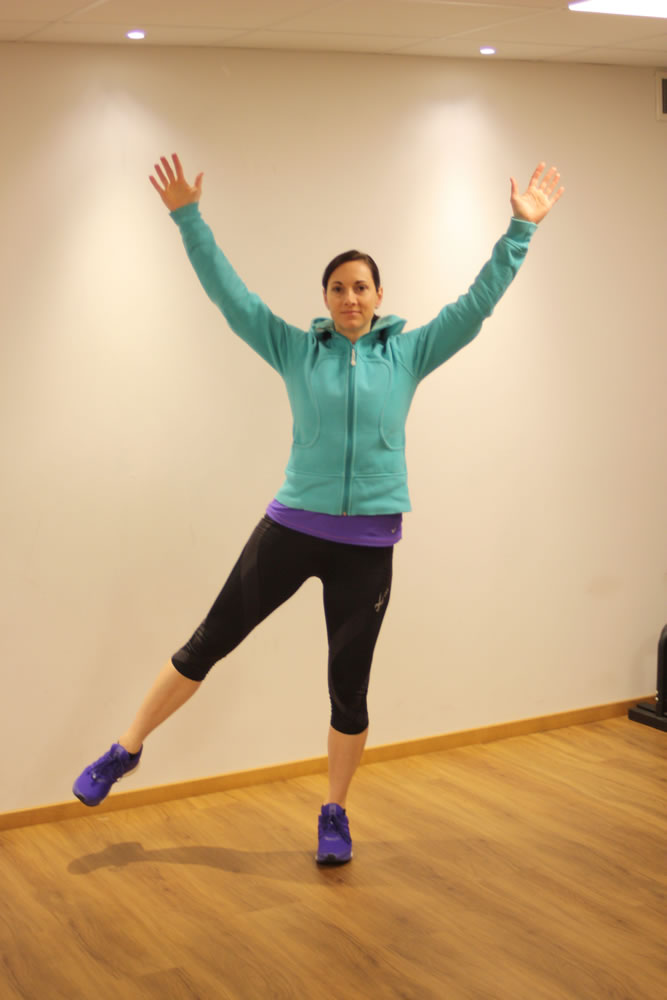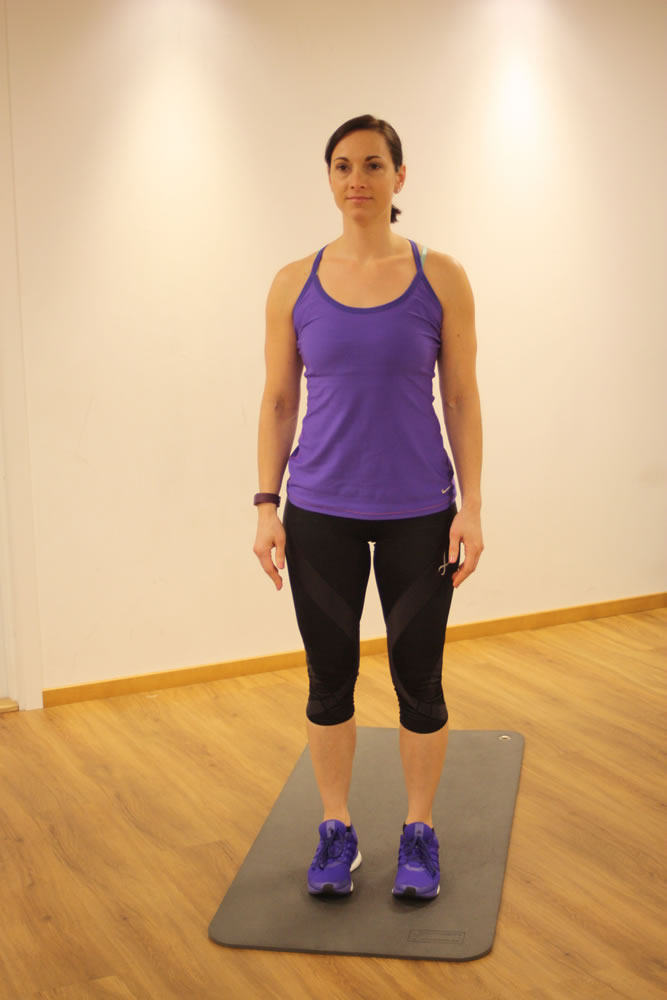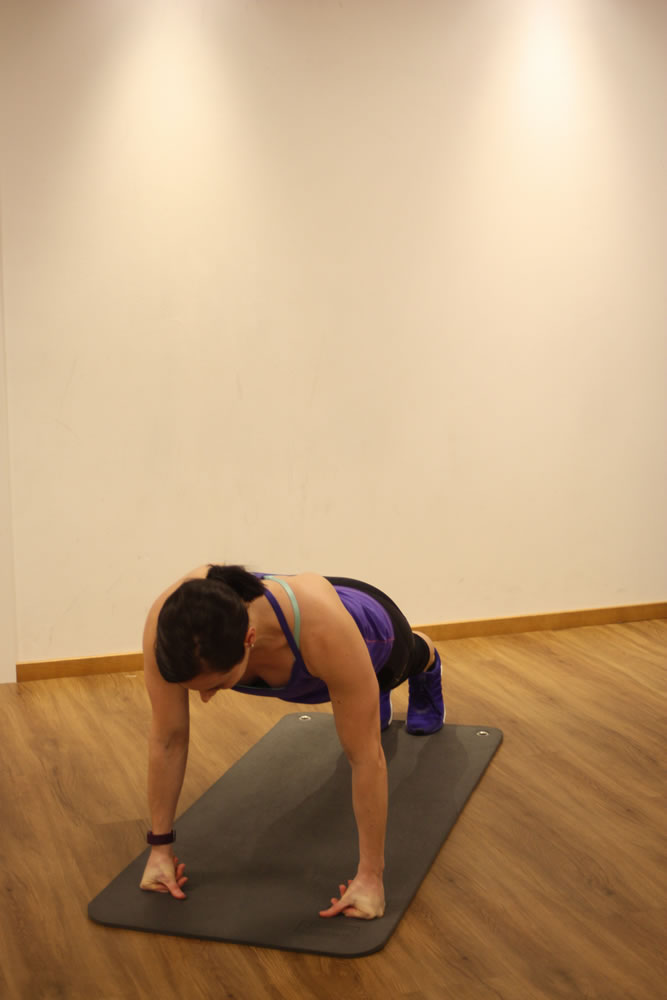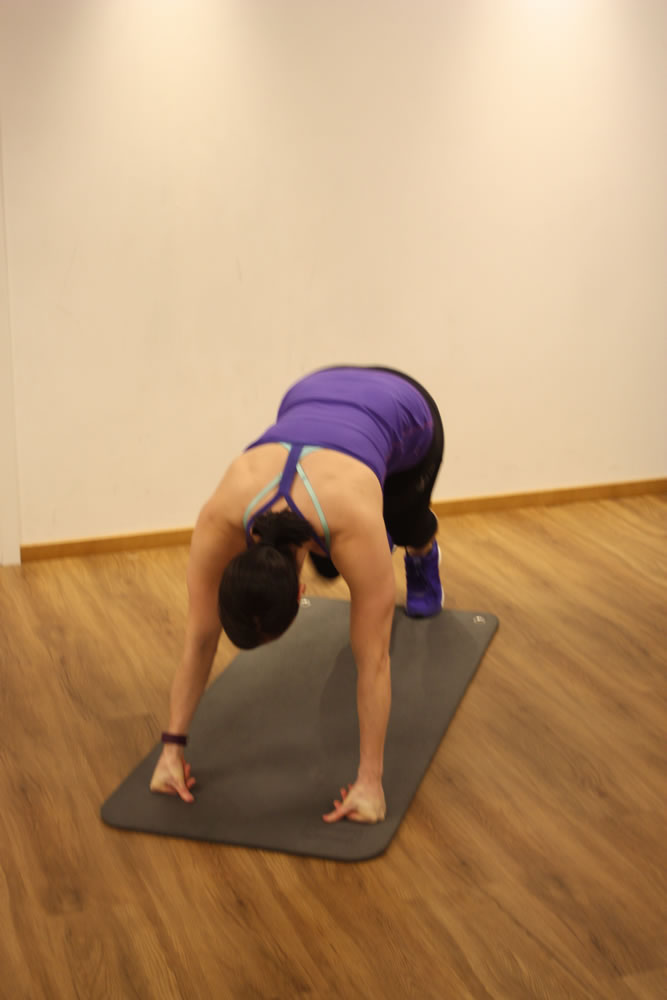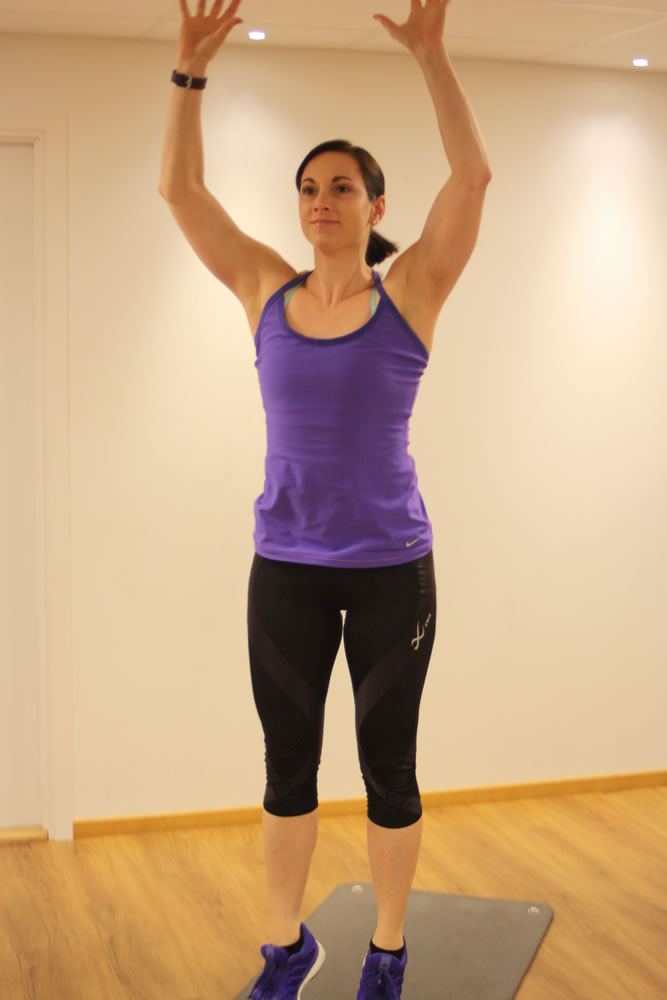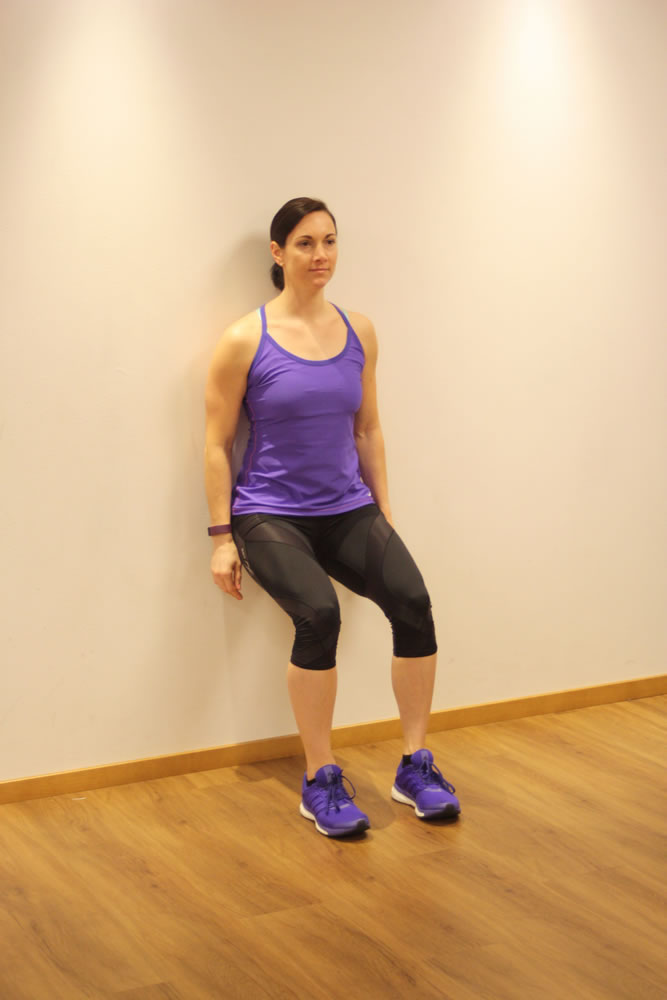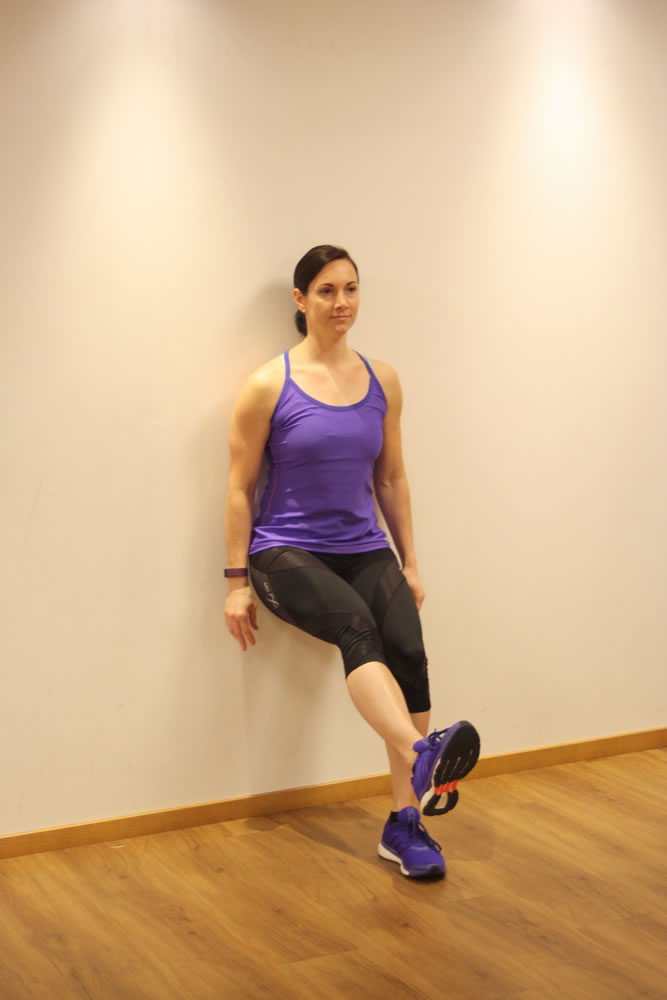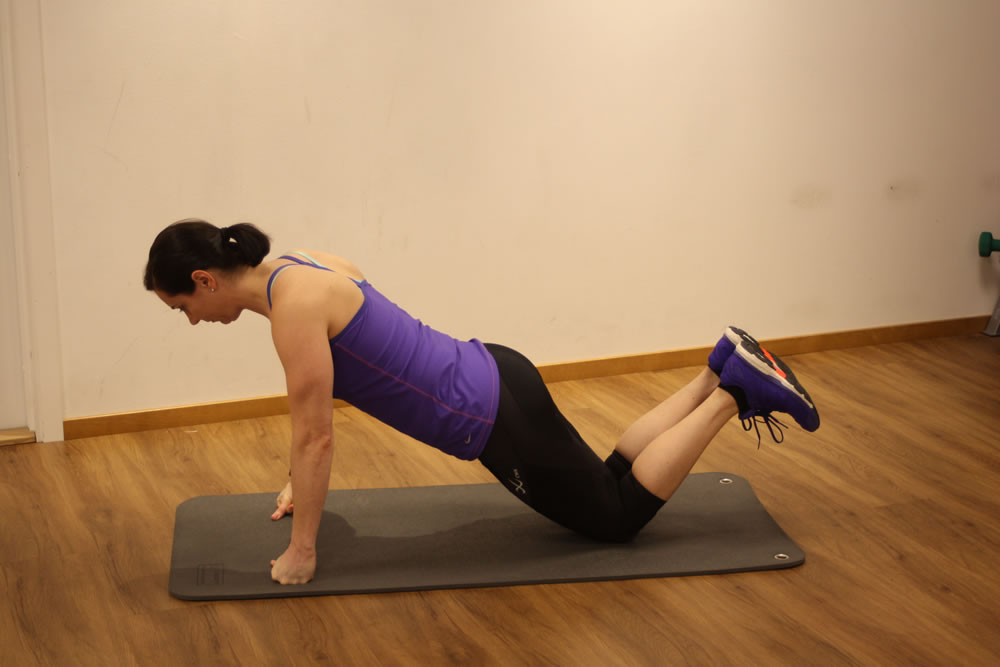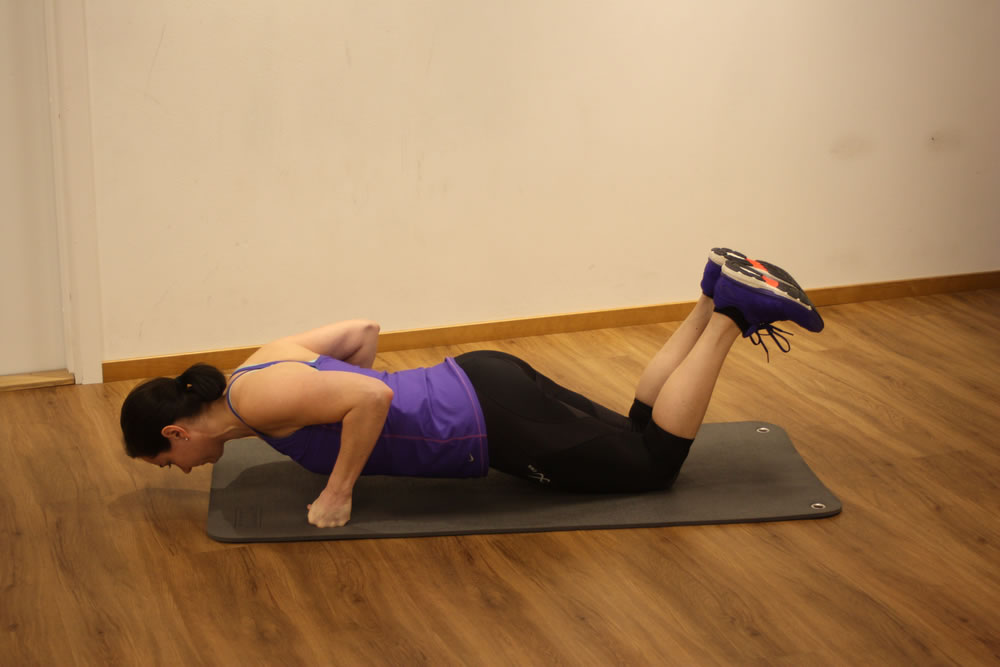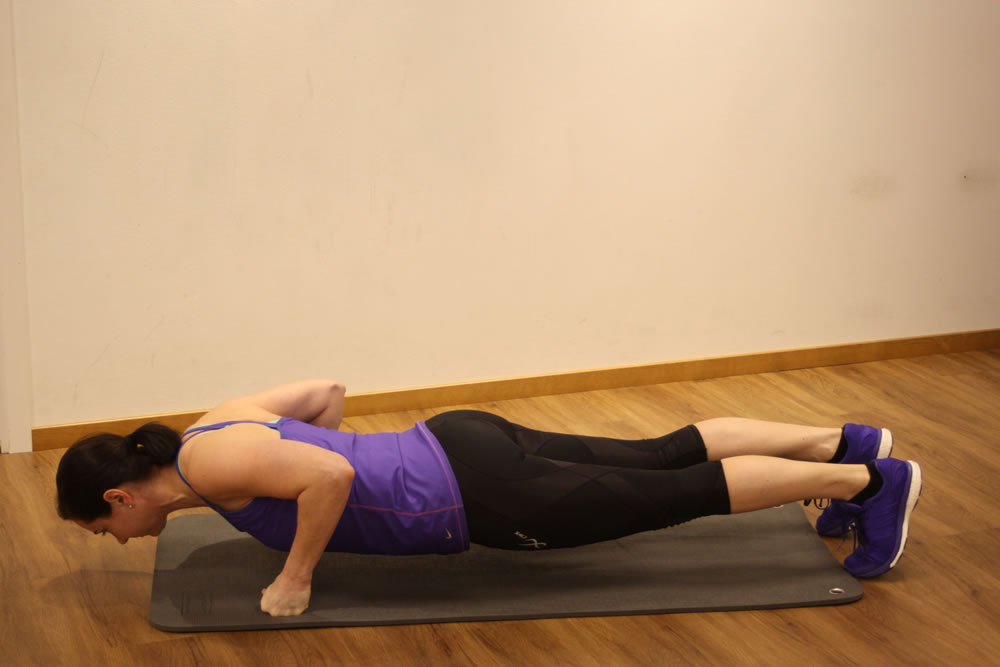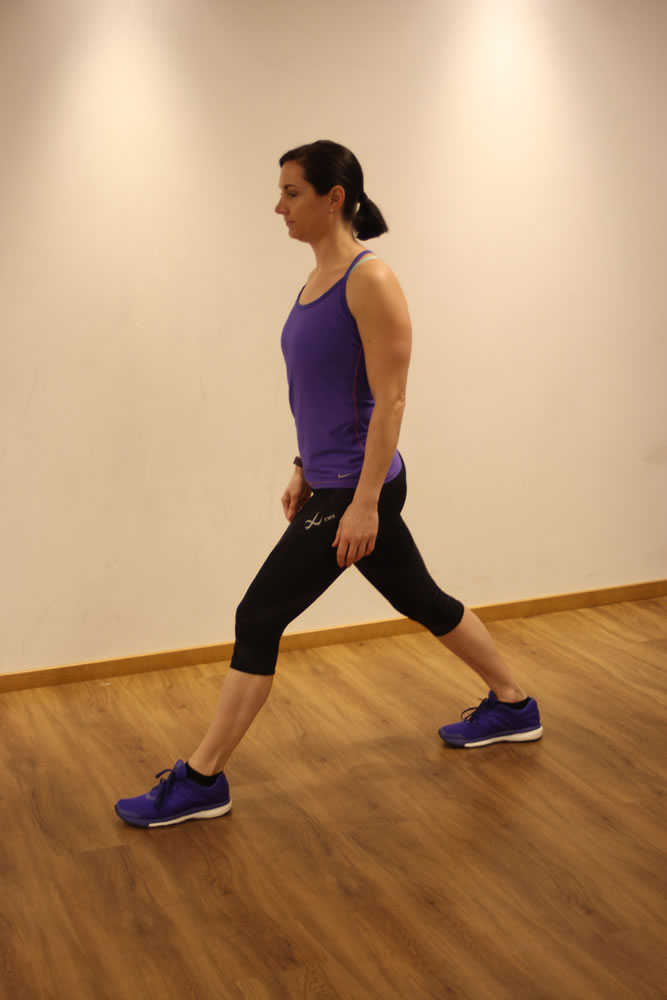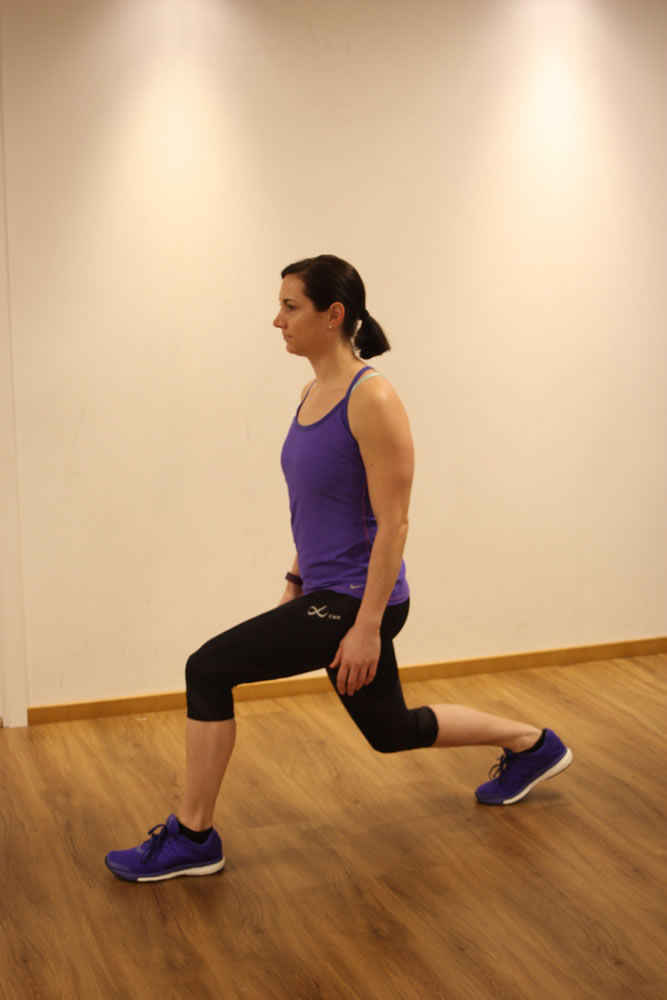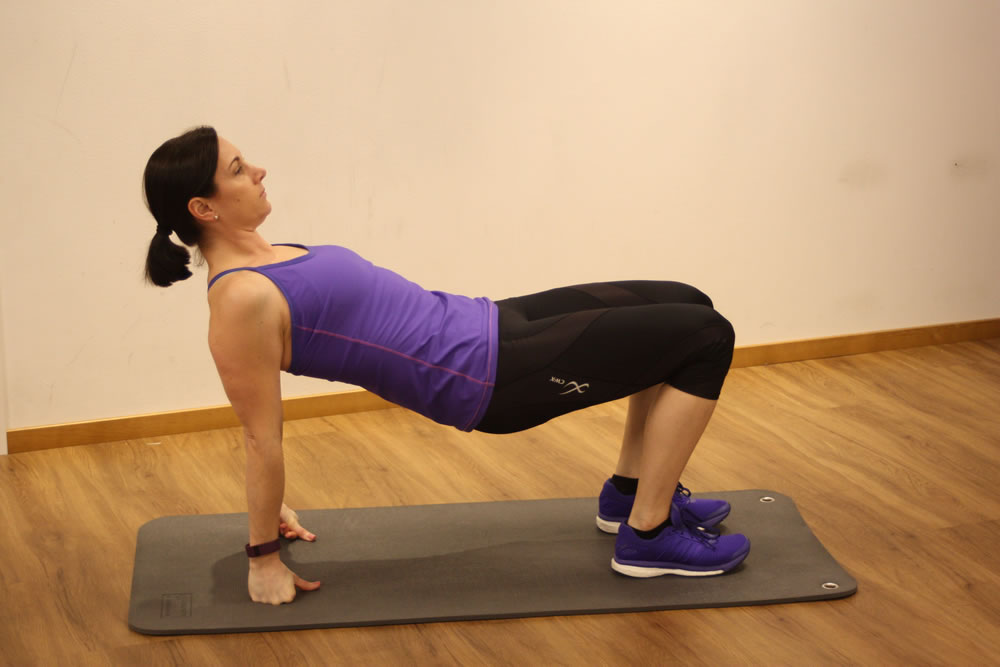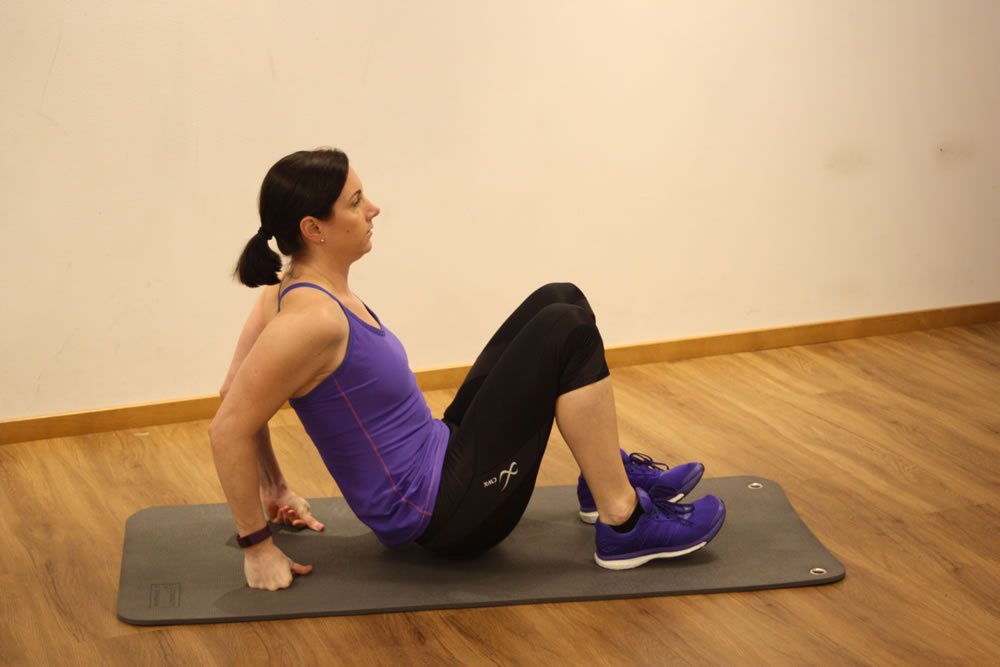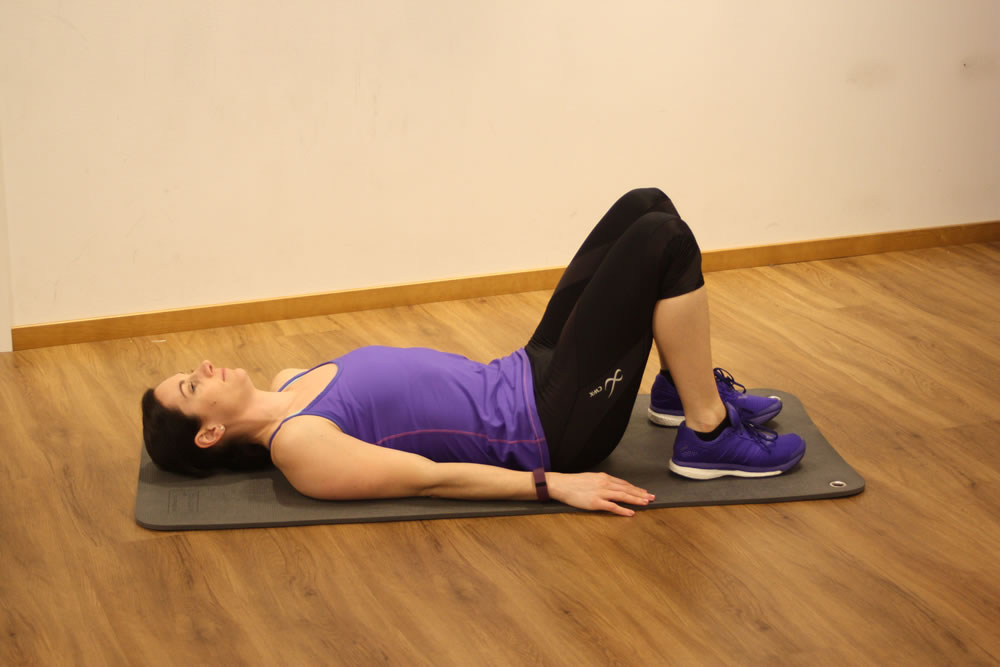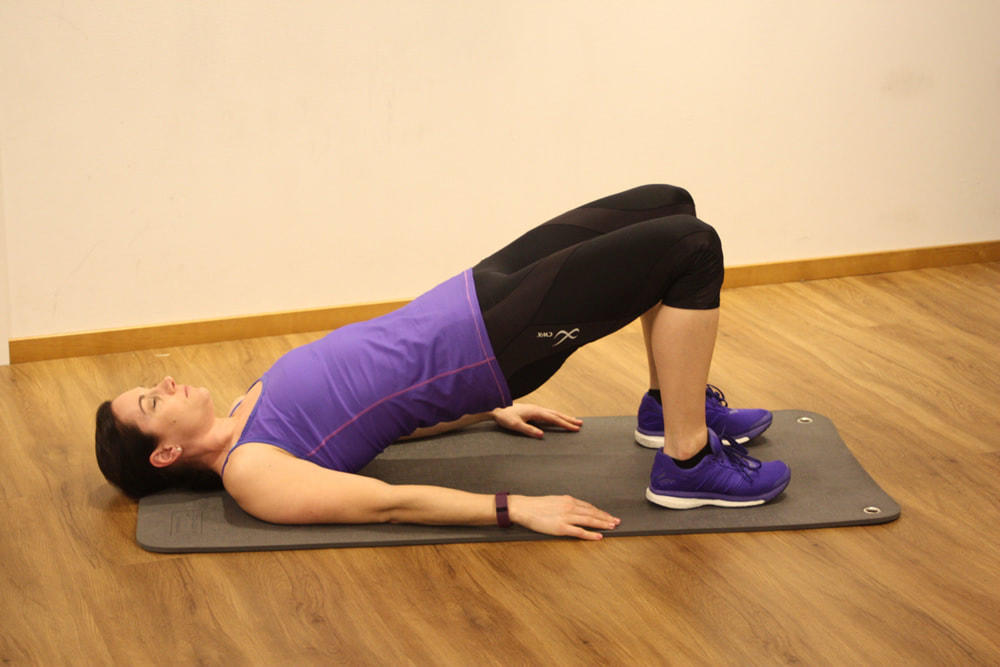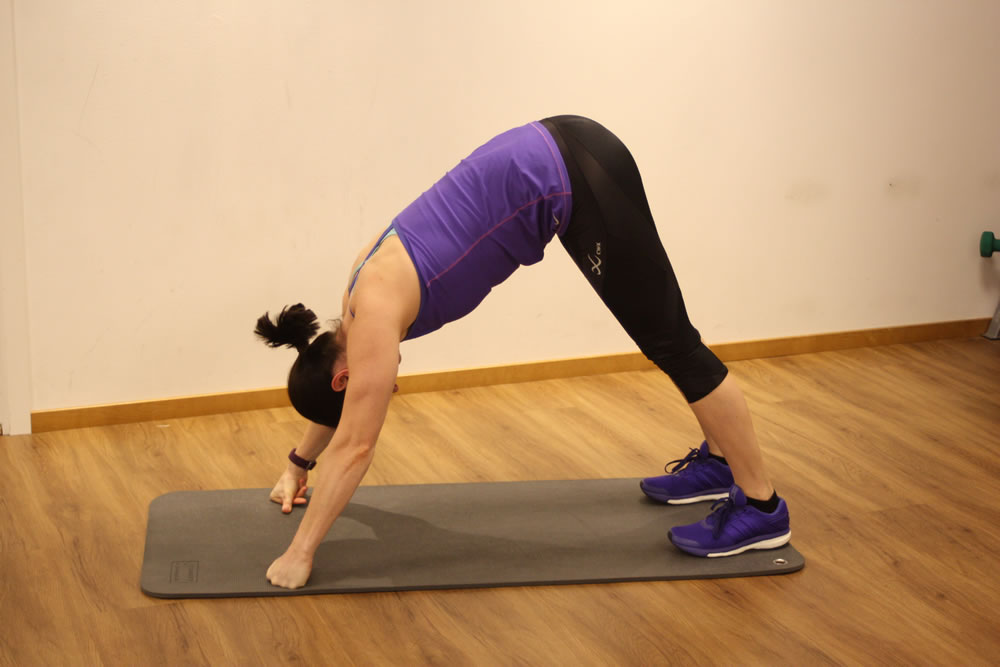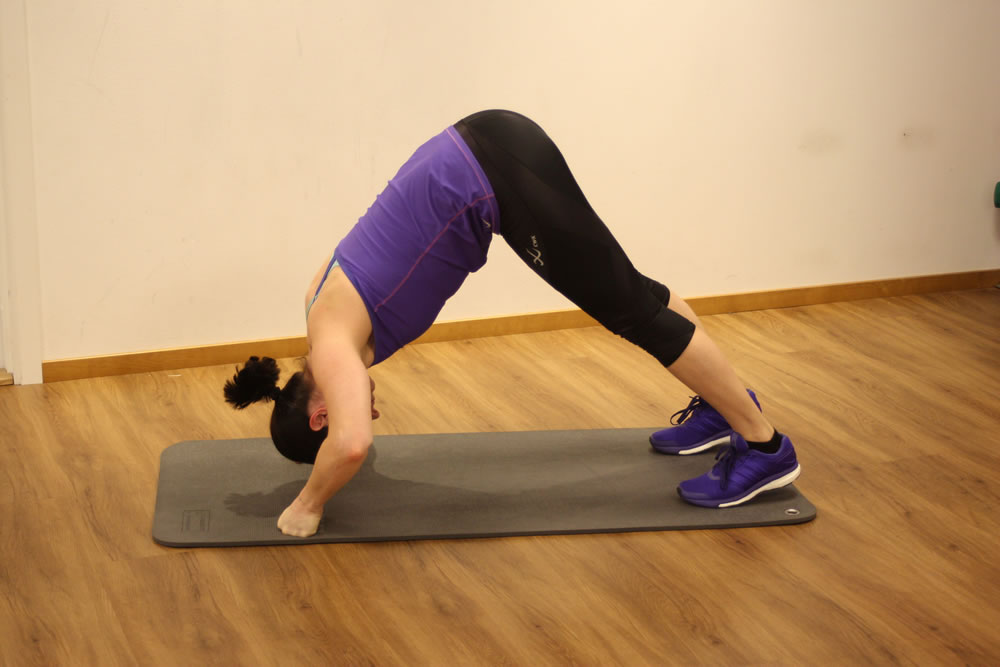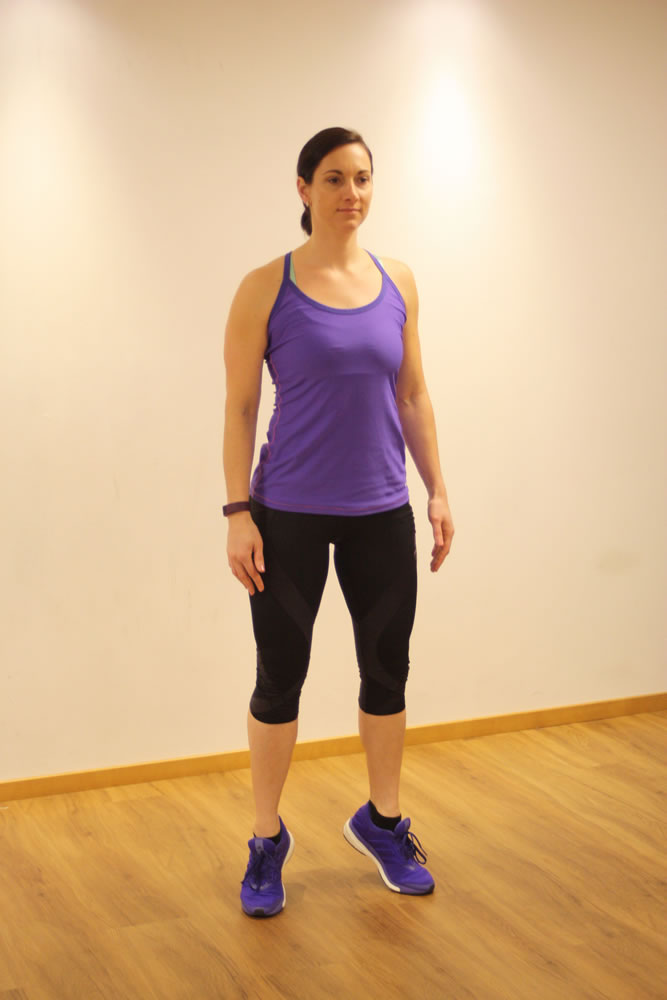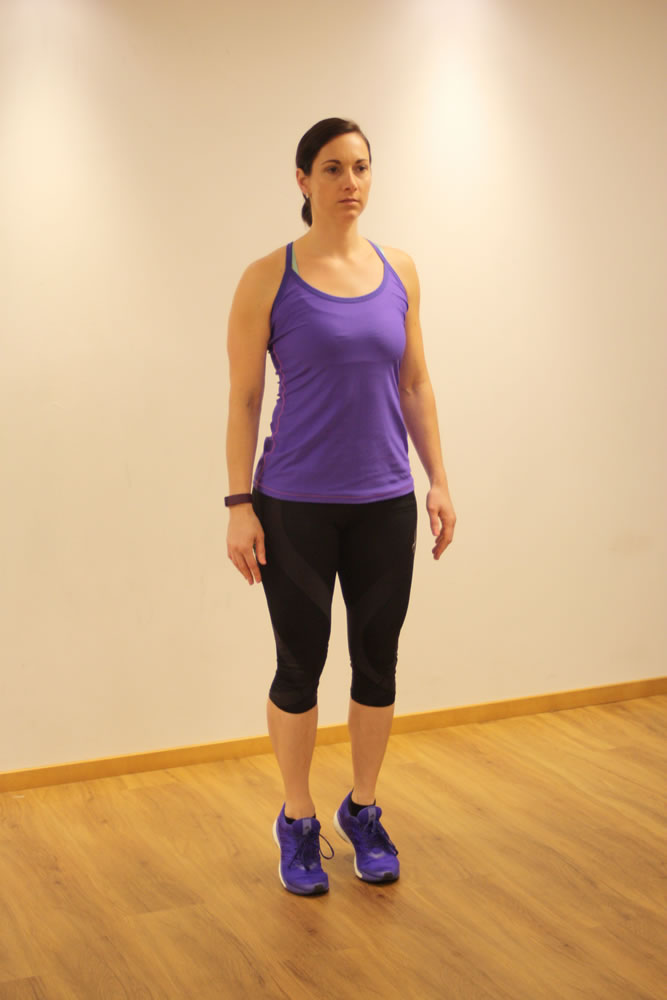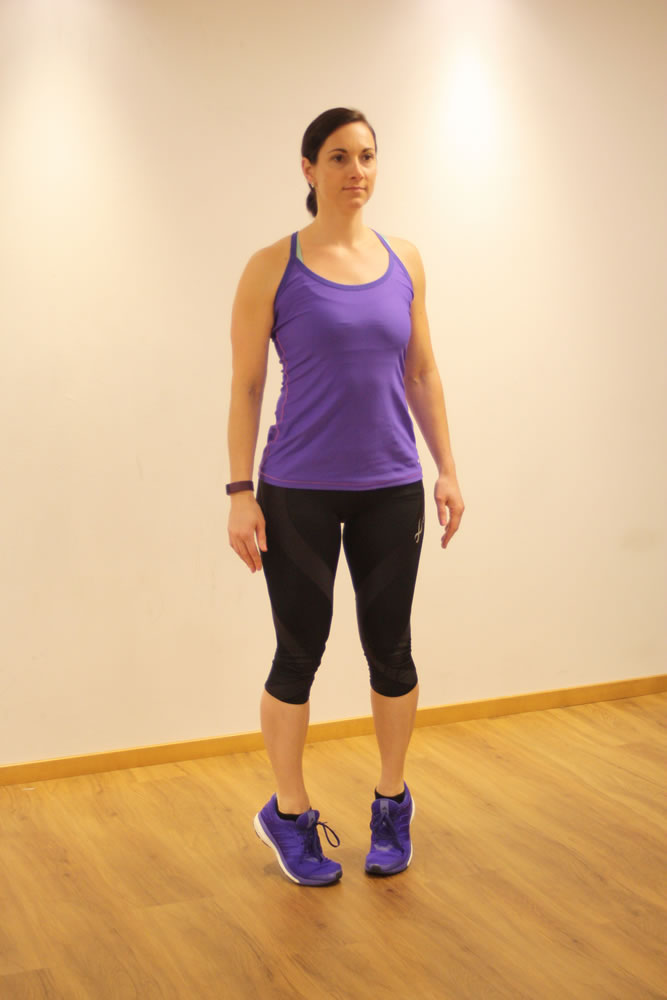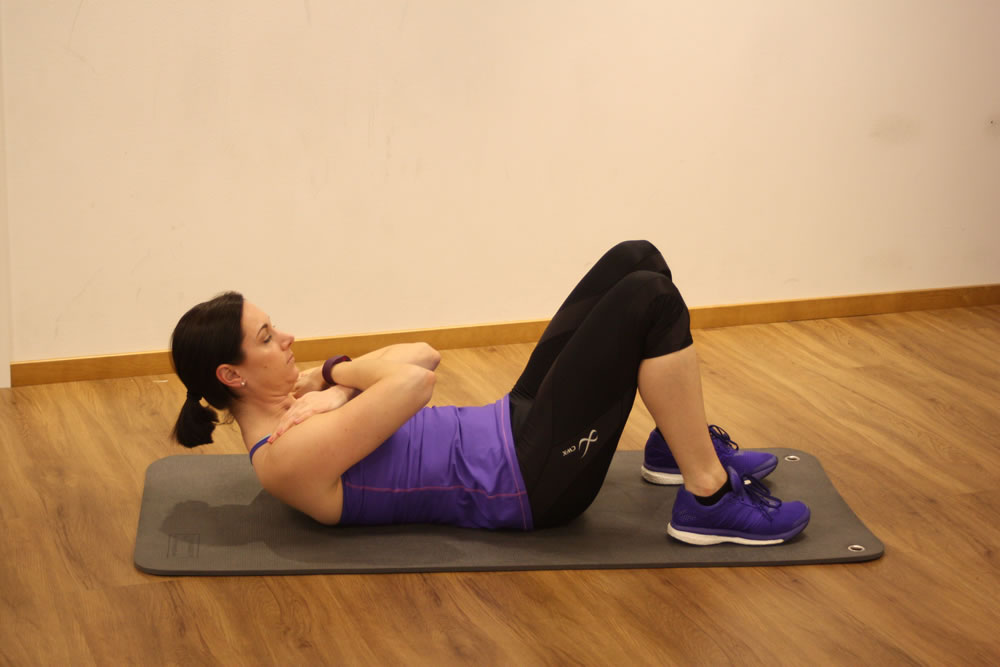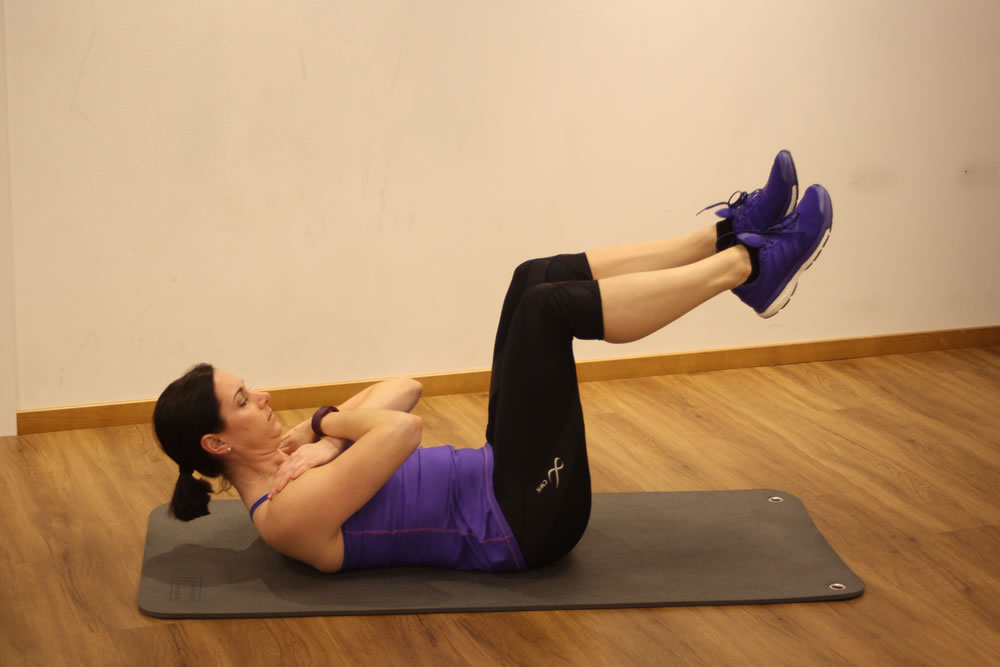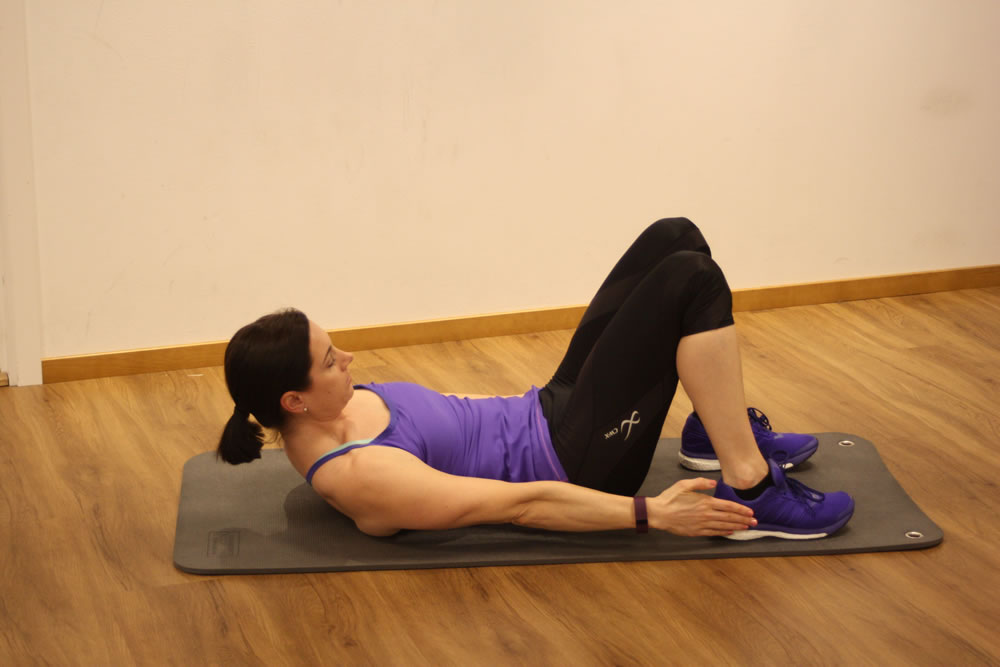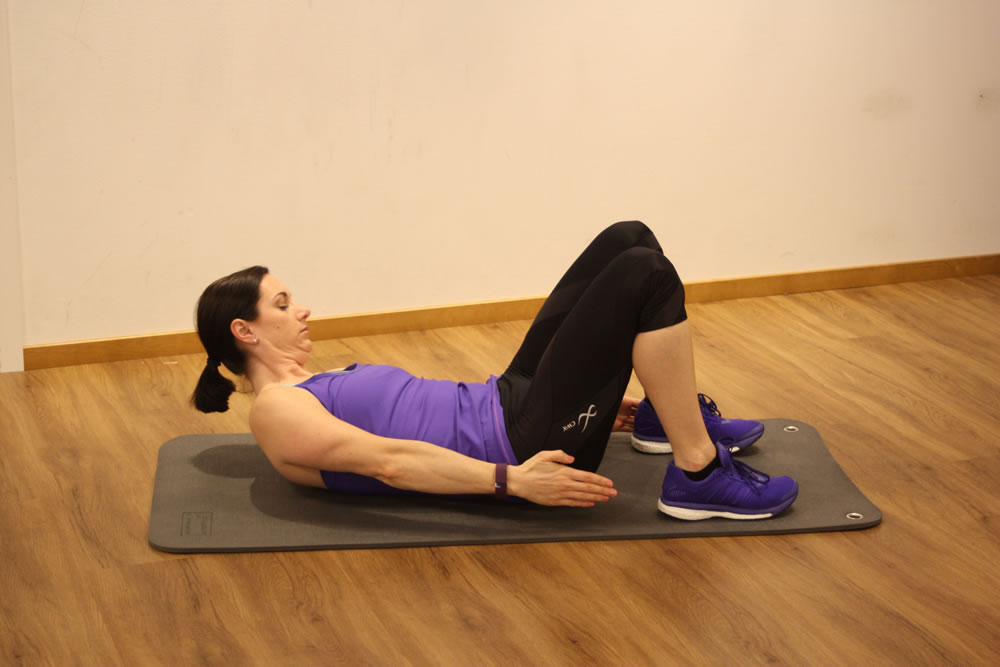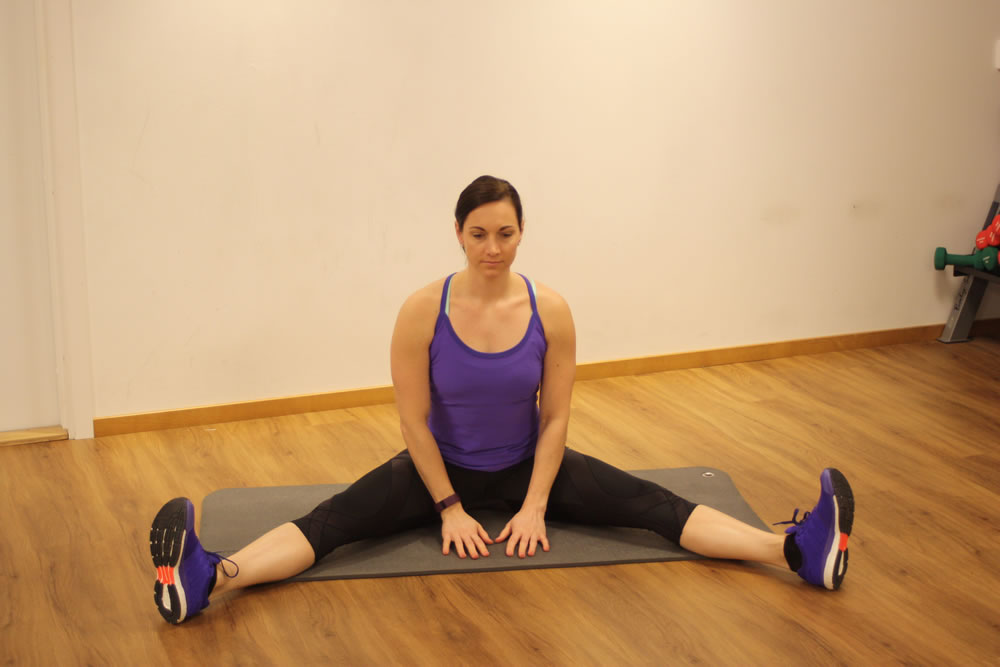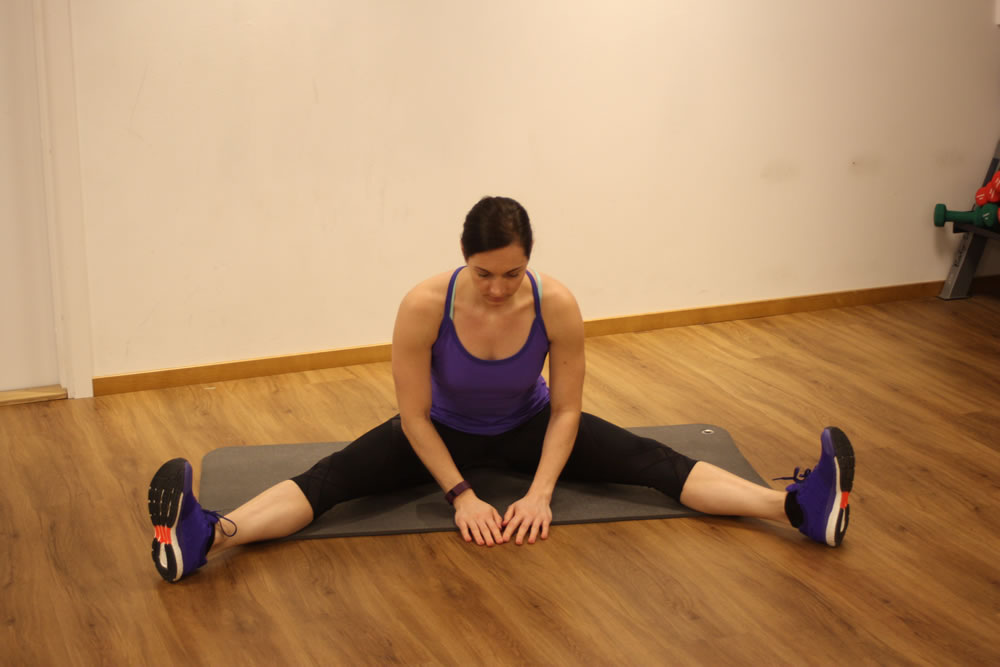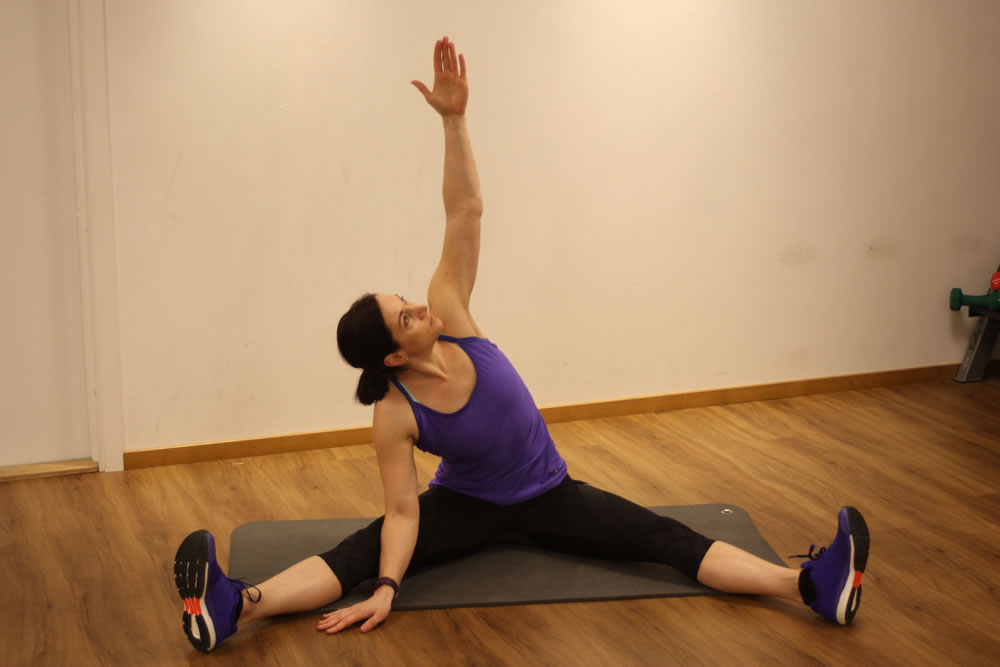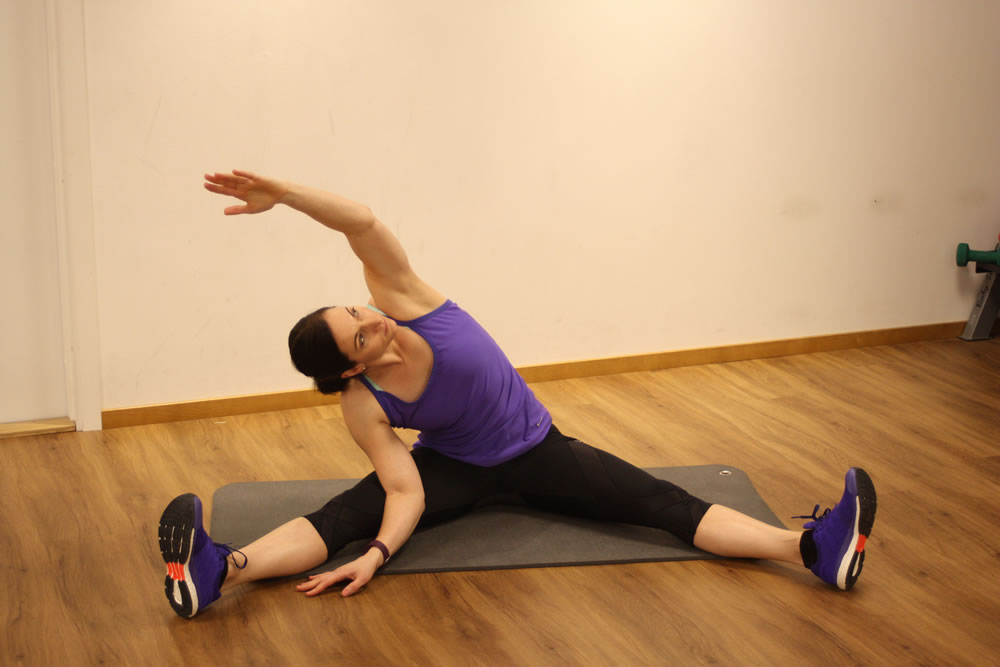|
Think to yourself for a moment — on average, how many hours do you sleep per night?
According to a report put out by the World Association of Sleep Medicine, the majority of Canadians are sleep deprived. 60% of adults feel tired most of the time, getting an average of 6.9 hours of sleep per night, with the recommended being 8 [1]. The same trend continues in the United States and most modern societies. Everyone knows that sleep is important, but the reality is that not many of us actually get what we need. We’re too busy with work, family, sports, or even just Netflix, to give our body’s the rest they need. But if you’re looking to improve your body composition and your overall health, getting enough sleep is critical. Why is sleep important? Sleep is the time when the body repairs itself. It gives us an opportunity to relax, shut down body systems into low power mode, and focus on repair and restoration. Specifically, here are 7 reasons why adequate sleep is key: 1. Improves productivity, concentration, and memory 2. Maximizes athletic performance 3. Improves immune function 4. Decreases risk of developing heart disease and stroke 5. Improves glucose metabolism and decreases risk of type 2 diabetes 6. Decreases levels of inflammation 7. Boosts mood But the one other thing that sleep is incredibly important for is maintaining a healthy weight and body composition. As sleep regulates our hormones, lack of sleep can cause imbalances, which may result in weight gain. How sleep and weight are related Poor or inadequate sleep is one of the leading risk factors in the development of obesity. Studies have shown that both children and adults with short sleep durations are significantly more likely to become obese [2, 3]. But why is this? Our bodies are largely controlled by hormones — chemical messenger secreted by endocrine glands that influence most major body functions, which includes how we use and store energy. They also mediate the interactions between sleep, metabolism, and BMI. The two main hormones that control our hunger, leptin and ghrelin, are highly influenced by sleep patterns. Leptin is a hormone that is released from fat cells that signals to the brain, the hypothalamus specifically, that you have enough energy and don’t need to eat; it functions mainly to prevent humans from starvation of overeating. The other hormone, ghrelin, is an appetite-increasing hormone that’s function is regulated primarily by food intake; it acts on the hypothalamus, as well, to stimulate hunger. A study conducted on the impact of sleep on body composition showed that levels of ghrelin were higher in individuals with short sleep, while levels of leptin were lower [4]. Short-term sleep restriction lowers levels of leptin, which in turn increases levels of ghrelin [5]. When you don’t sleep enough, cortisol levels also increase. Cortisol is the stress hormone that is frequently associated with fat gain, but it helps to activate reward centers in your brain that make you crave food, too. A combination of high ghrelin and high cortisol inhibits communication to the areas of the brain that leave you feeling satisfied after a meal [6], meaning you’re never quite feeling full and continue to crave low quality foods. Combining all of these factors, we leave ourselves at a higher risk for gaining weight and being unable to lose it. Additionally, hypothalamic-pituitary functions that control eating habits, energy balance, and metabolism are all tied to circadian rhythms, meaning they are highly integrated with sleep regulation processes. Experiments have demonstrated that lack of sleep has important effects on cortisol levels, glucose tolerance, and growth hormone secretion [7]. Therefore, when hormone balance is off, we put ourselves at higher risk for weight gain because we are tired. Putting it all together Not only does lack of sleep affect your body’s basic functions, but it also probably means your energy levels aren’t quite as they should be. When we have low energy, we are less productive and have less motivation to partake in activities, whether that be the gym or simply doing work around the house. And we all know that lack of movement and activity is a large contributor to weight gain. So while we may fall off the proper sleep train every now and again, it’s crucial to get your sleep habits under control. Limit exposure to blue light 2-3 hours before bed, ensure your room is at a slightly cooler temperature, make sure there are no lights around, and relax the mind and body — all of which prepare the body for a deep, relaxing, and restorative sleep. BY COURTNEY LANDIN POSTED: MARCH 11, 2019 Life gets hectic but it doesn’t’ mean that your health should take a back seat. Exercise is one of the most beneficial, natural, and easy elements that you can use to increase your health and wellness. That’s why I’ve created this 12 minute workout for you to do any time and any place that suits you. And if you want more than 12 minutes, just double (or triple) the workout! Here’s how you get started: Set your phone timer (or use an interval timer app), put on some music and begin. Warm up for 2 minutes. Ideas for warming up:
Life gets hectic but it doesn’t’ mean that your health should take a back seat. Exercise is one of the most beneficial, natural, and easy elements that you can use to increase your health and wellness. That’s why I’ve created this 12 minute workout for you to do any time and any place that suits you. And if you want more than 12 minutes, just double (or triple) the workout! Here’s how you get started: Set your phone timer (or use an interval timer app), put on some music and begin. The short list Get started: Set your phone timer (or use an interval timer app), put on some music and begin. Workout: perform each exercise for 30 seconds Bring it to the next level: perform each exercise for 45 seconds to 60 seconds.
Exercise Instructions: Warm up for 2 minutes. Ideas for warming up:
modified jumping jacks jump rope Star pose Burpee: start standing, put your hands on the floor, step or jump back with your feet to a plank position, do a push up, step your feet back to your hands, come back to standing, and then jump (if you want to). Begin standing Come down into a plank position, push up Come back to standing Jump Wall sit: come down into a sitting position with your legs in a 90° position. Keep your wieght on the middle to the back of your foot, not your toes. Bring it to the next level: raise one leg at a time for 5 to 10 seconds, or as long as you can hold. Keep most of your weight on the middle to back part of your feet, not your toes! Push ups Choose either to begin on your knees or your toes. You can use your fists if the exercise is hard on your wrists. Remember to keep your core tight while you perform push ups. Lunges – 15 seconds each side Static lunges: start in a lunge position and bend both knees to come closer to the ground. Bring it to the next level by starting in a standing position and then stepping forward and then coming back to the standing position. *For both exercises keep most of your weight on the middle to back part of your feet, not your toes!* Static lunge Moving lunge starting position Triceps Start in a reverse quadraped position, making sure that your hands are in a comfortable position behind your body. Try to keep your hands closer to your body as having them out farther will put strain on your shoulders. Then push the hips up by squeezing the bum. Dip down by bending the elbows straight back and then come back up and push the hips up by squeezing the bum. If your elbows bow out to the sides you’ll lose contact with the triceps muscle so try to keep you elbows bending straight back behind you and not bending out to the sides. Hip press Lay on your back with your feet at a comfortable distance from your body. Squeeze the bum muscles and push up with your hips. There’s no need to push the hips up and over extend your back. Try to keep a neutral spine and only push up as high as is comfortable for your body. Be sure to push with your heels and squeeze your bum muscles as your come up. Shoulder push up You can use your fists if the exercise is hard on your wrists. Start in a downward facing dog position or the beginning of a handstand position. Bend your elbows and bring the top of your head down as close to the ground as possible. Push back up to the starting position. Calf raises – 10 seconds on each side Look at the toe positions below. Preform 10 seconds in each position. Core – 2 mins Crunch: Feet on the floor or legs at 90°. Bring your shoulders up, hold, and come back down. Repeat. Keep your chin in a neutral position and envision an apple under your chin and on your chest. Side to sides: come up into a crunch position and then rotate side to side by touching your hands to your heels. Bring it to the next level: repeat the workout by using the two minute warm up time as two minute cardio. Or finish your workout with stretching. Stretch Sit in a wide leg position, toes pointing up, keep your back straight and bend forward as far as it’s comfortable for you. Next, come back up to a straight back and bend over to the side by first reaching your hand up in the air and then stretching over to the side. Next, cross one leg over the other and hug your kneed into your chest. Hold and repeat on the other side.
BY COURTNEY LANDIN POSTED: MARCH 27, 2017 |


